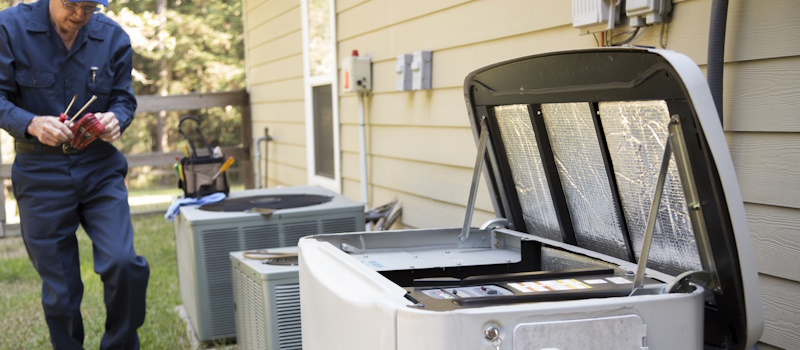Flood Preparation for Your Business and Office
Flood Preparation for Your Business and Office

Flood Preparation for Your Business and Office
According to the Insurance Information Institute, 90 percent of all natural disasters in the United States involve flooding, accounting for billions of dollars in property damage each year. And with extreme weather becoming more frequent, flooding—and the cost to repair flood-damaged properties—is likely to only increase. Flooded property is never convenient, but when it comes to your business, it could also mean business interruption and lost revenue. If your business or office is at risk, it's important to take steps to properly prepare it. Read on to learn how:
Flood Prep For Your Business
Know Your Risk
The first thing to determine is how much of a flood risk your property faces. Check out FEMA's Flood Map Service Center to identify your risk level. If your property is in a high-risk zone, typically located at low elevations or near bodies of water, then you may want to consider purchasing flood insurance to safeguard your assets. Continue reading for more information on how to protect your commercial property if you're in a high-risk flood zone.
Do Your Best to Dry-Proof Your Property
There are a variety of steps you can take to prevent water from entering your property in the event of a flood. Some measures you may want to consider include:
- Keeping sandbags or barriers handy to help divert water away from your property.
- Installing watertight barriers or shields over doors or windows.
- Installing flood walls around the property.
- Using flood-resistant materials in and around the building.
- Sealing any cracks or gaps where water could enter.
- Applying waterproof coatings to exterior walls.
- Ensuring gutter downspouts are discharging water away from, and not toward, the building.
- Using a sump pump to move water away from your property.
Address Your Landscaping
Another way to help prep your business for flooding is to modify your landscaping (if necessary). Ensure that the ground is sloped away from your building. Try to only plant native vegetation. Native plants can prevent soil erosion, which helps floodwaters drain better.
Have Backup Power Handy
Finally, you'll want to have a source of backup power, like a generator, available in the event that a severe storm knocks out power. A generator is helpful for a few reasons. It may power HVAC units and certain electrical outlets, which could run equipment that helps drain floodwater or dry out damp building materials. For example, running your air conditioner can decrease humidity and moisture levels, which helps materials dry faster and reduces mold growth. Also, a generator can keep your business up and running during what could potentially be a very volatile period of time.
You may not ever be able to completely eliminate flood risks, but by taking the proper preparatory measures, you'll probably be able to reduce the threat and significantly decrease the potential for damage.
